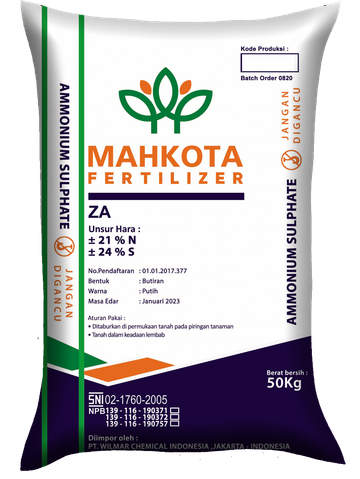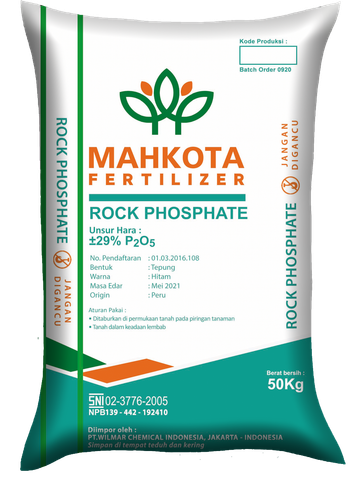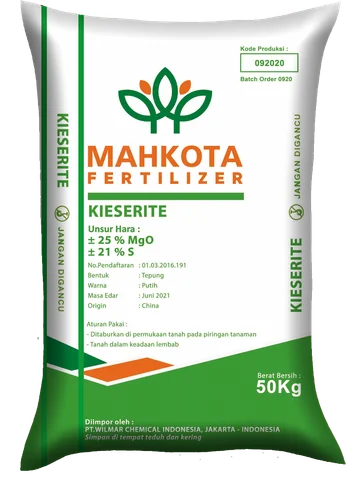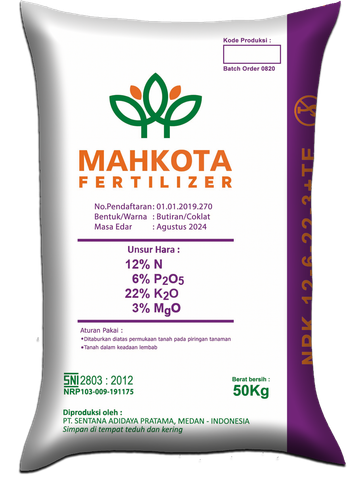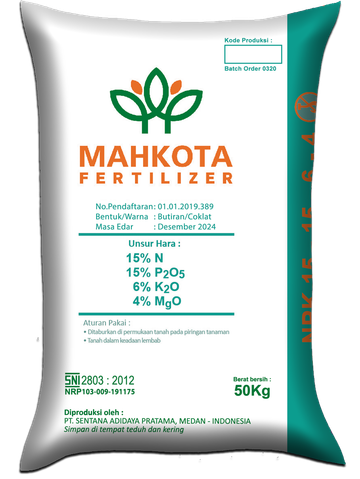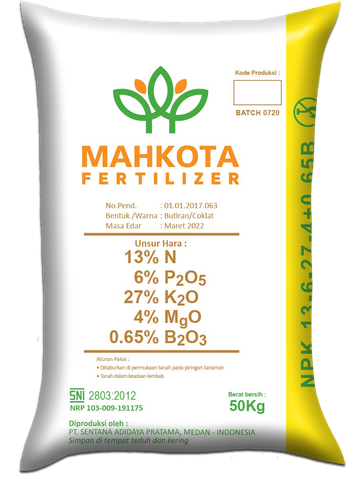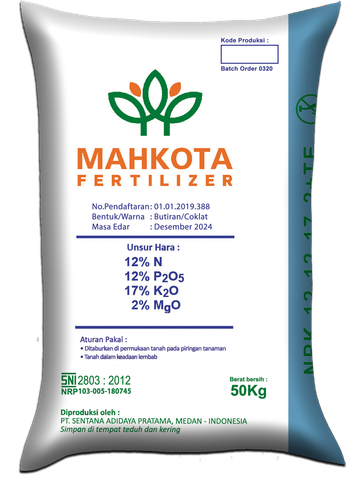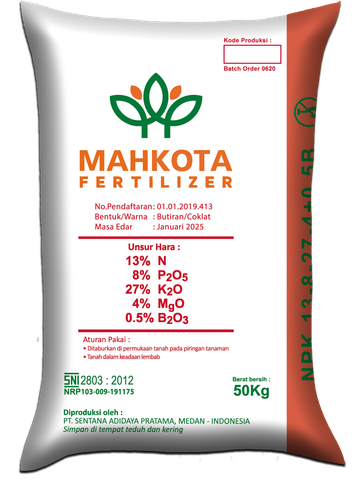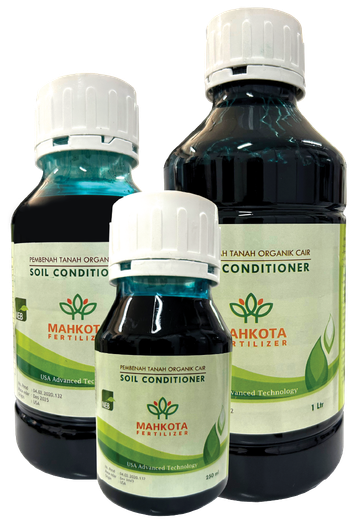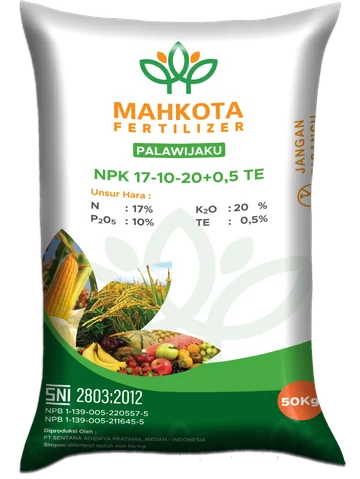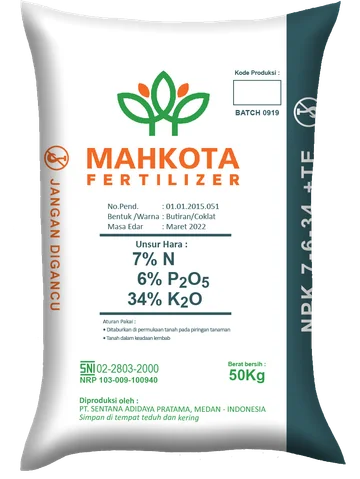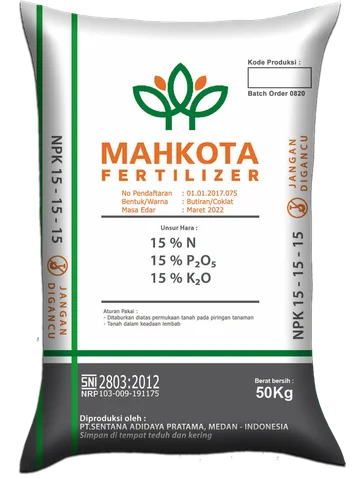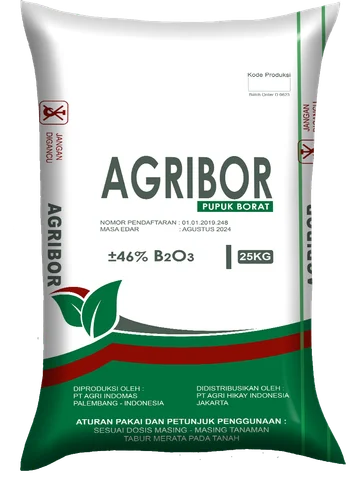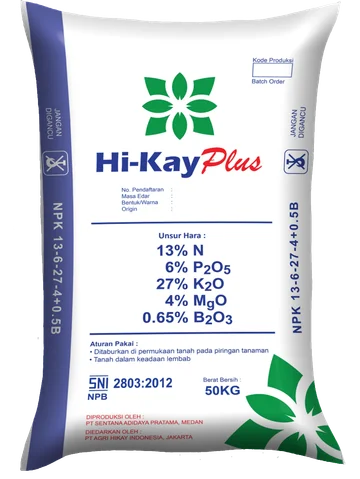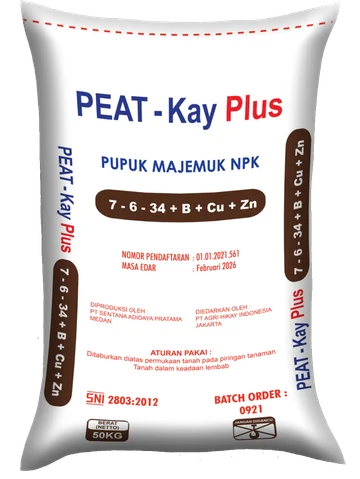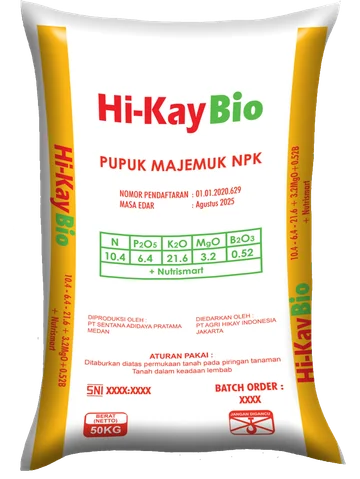Soil Conditions Poor in Micronutrients
Soils deficient in micronutrients are typically found in:
- Acidic Soils (low pH, less than 7): Mineral soils with acidic parent material or low organic content.
- Alkaline Soils (high pH, more than 7): Soil types that often struggle to supply micronutrients such as Zinc (Zn).
Signs of Zinc (Zn) Deficiency in Plants
- Chlorosis on Leaflets: Appears on young leaflets, following the leaf veins, while the veins themselves remain green.
- Color Changes in Leaves: Young leaflets turn whitish, while older leaves may remain yellow.
- Causes of Zn Deficiency: Common in peat or sandy soils, especially when applications of Mg, N, and P are high without sufficient K.
Benefits of Zinc (Zn) for Plants
- Enzyme Activation: Activates enzymes related to carbohydrate metabolism.
- Cell and Stem Elongation: Promotes the elongation of plant cells and stems.
- Growth Hormone Formation (Auxin): Zn plays a role in the formation of growth hormones such as IAA (Indole-3-acetic acid).
- Root Growth Stimulation: Essential for healthy root development.
Zinc Sulfate (ZnSO4)
- Composition: Zinc sulfate contains 36% Zn and 14% S, and is available in granular form that is easily soluble in water.
- Usage: Often applied to soils low in Zn to meet this micronutrient's requirements.
- Function in Plants: Zinc is crucial for metabolism and enzyme formation. Zn deficiency can hinder both vegetative and generative growth, commonly causing yellow or brown spots on older leaves.
Effects of Zinc on Plant Growth
- Growth Limitations: Zinc deficiency can restrict plant growth, particularly in soils with low zinc levels or poor soil conditions, such as frequent waterlogging.
- Zinc Supplementation: In such cases, zinc needs to be added to the soil. Other nutrients should also be added in balanced amounts to improve overall plant health and productivity.

